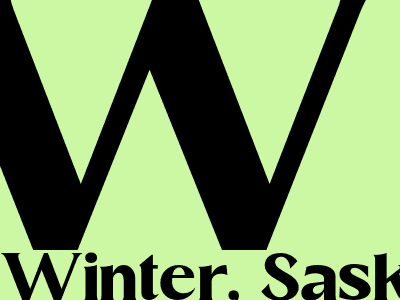
Winter Weather and Climate Trends: Edmonton vs. Saskatchewan
Sub-freezing Temperatures, Snowfall, and Wind Chill
Both Edmonton and Saskatchewan experience harsh winter conditions with sub-freezing temperatures, significant snowfall, and wind chill. The average temperature in Edmonton in January, the coldest month, is -10.6°C (12.9°F), while in Saskatchewan, it is -15.8°C (4.0°F). Edmonton typically receives around 42 cm (16.5 in) of snow in January, compared to 23 cm (9.1 in) in Saskatchewan. The wind chill, which combines the effects of temperature and wind speed, can make these temperatures feel even colder.
Snowfall and Snow Cover
In winter, snowfall is common in both Edmonton and Saskatchewan. Edmonton has an average annual snowfall of 92 cm (36.2 in), while Saskatchewan receives around 122 cm (48 in). Snow cover typically lasts from November to March or April, with the heaviest snowfall occurring in January and February. The snowpack can significantly impact transportation, infrastructure, and outdoor activities.
Climate Change Impacts
Climate change is affecting winter weather patterns in Edmonton and Saskatchewan. The average temperature in both regions has increased over the last century, leading to milder winters with fewer days of extreme cold. The frequency and intensity of snowfall have also changed, with some areas experiencing more snowfall, while others have seen a decrease. These changes impact the local ecosystem, agriculture, and winter recreation.
Winter Safety
- During the winter months, it is essential to take precautions to stay safe in the cold weather.
- Dress warmly in layers to protect against the cold.
- Cover your head, neck, and hands to prevent frostbite.
- Be aware of the wind chill factor and limit time spent outdoors when it is extremely cold.
Winter Activities
- Despite the cold weather, Edmonton and Saskatchewan offer various winter activities.
- Ice skating, cross-country skiing, and snowshoeing are popular ways to get outside and enjoy the winter scenery.
- There are also numerous winter festivals and events held throughout the season.
- For example, Edmonton hosts the Silver Skate Festival, showcasing ice sculptures and winter activities.
Conclusion
Winter in Edmonton and Saskatchewan is defined by sub-freezing temperatures, snowfall, and wind chill. While climate change is impacting winter weather patterns, both regions offer unique winter activities and experiences. By taking precautions to stay safe in the cold, residents and visitors can enjoy the beauty and magic of the winter season.